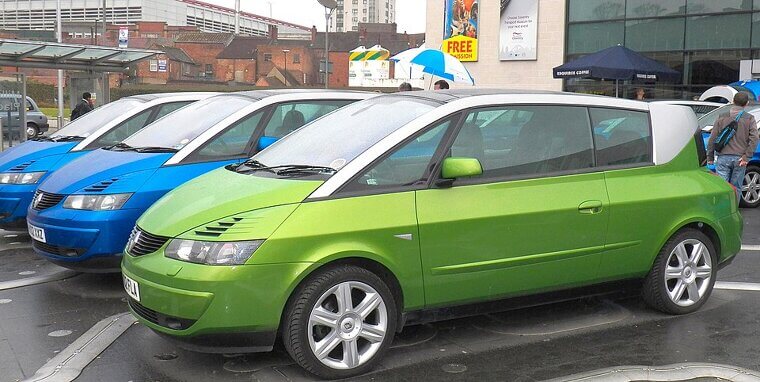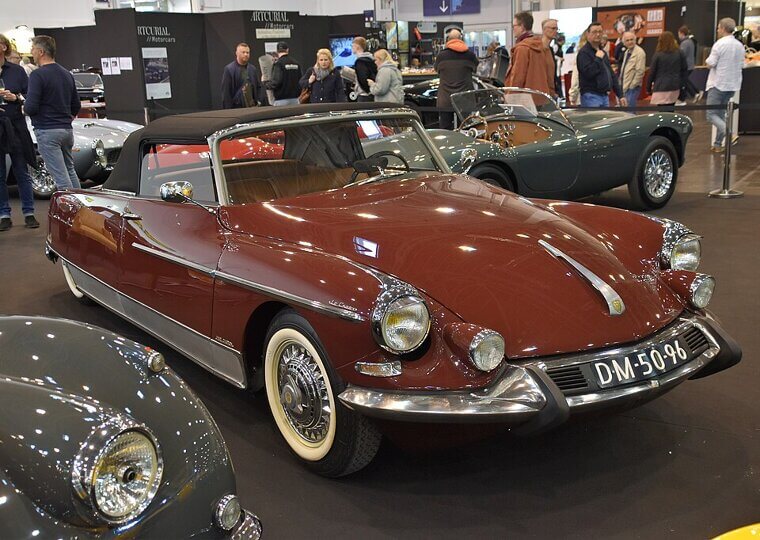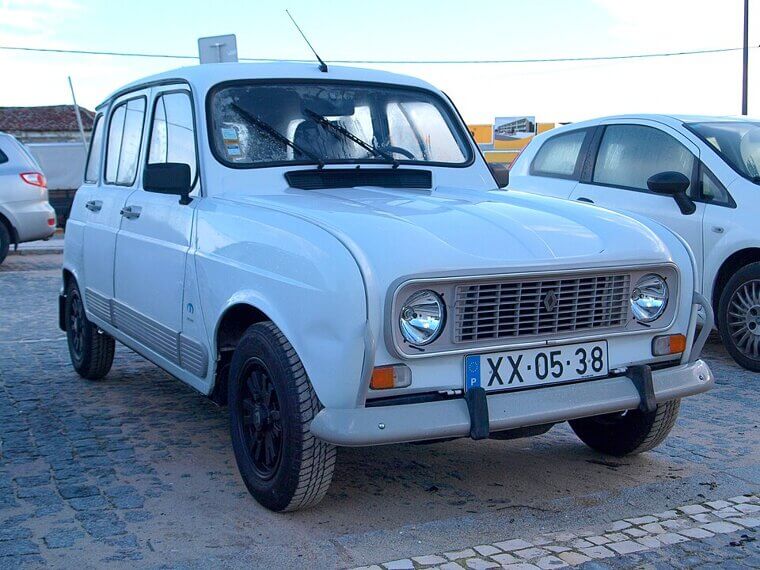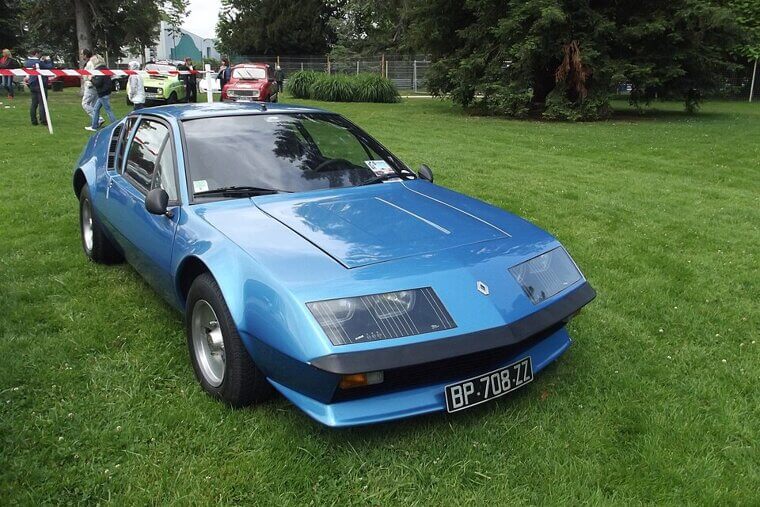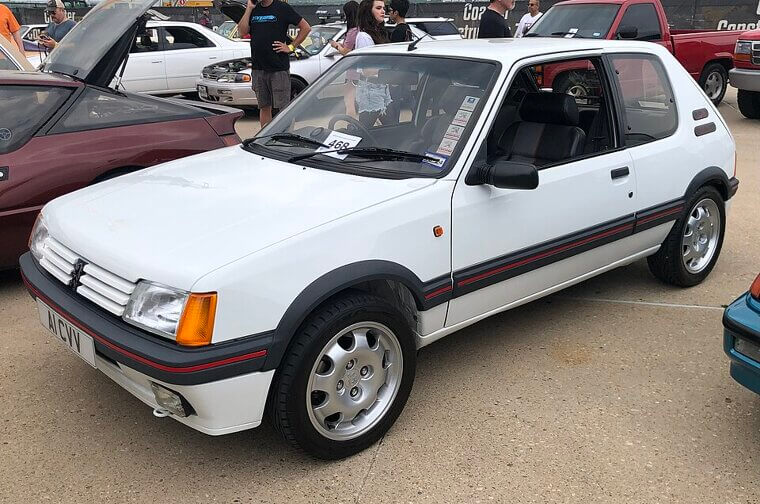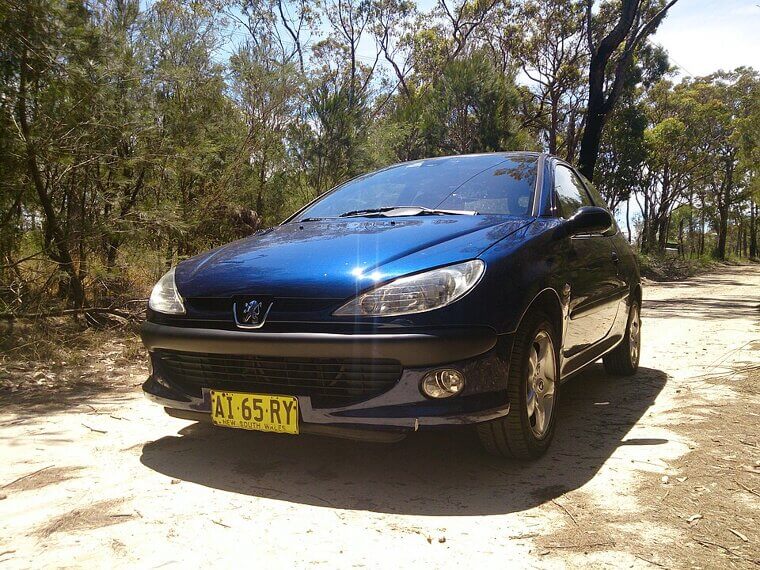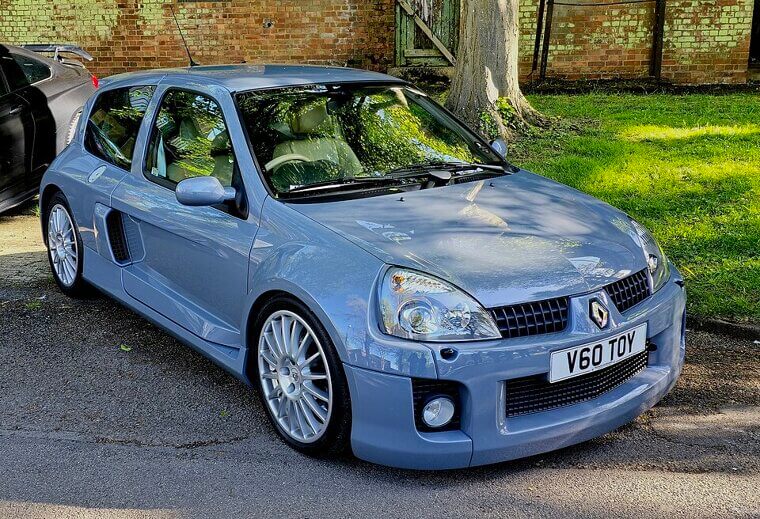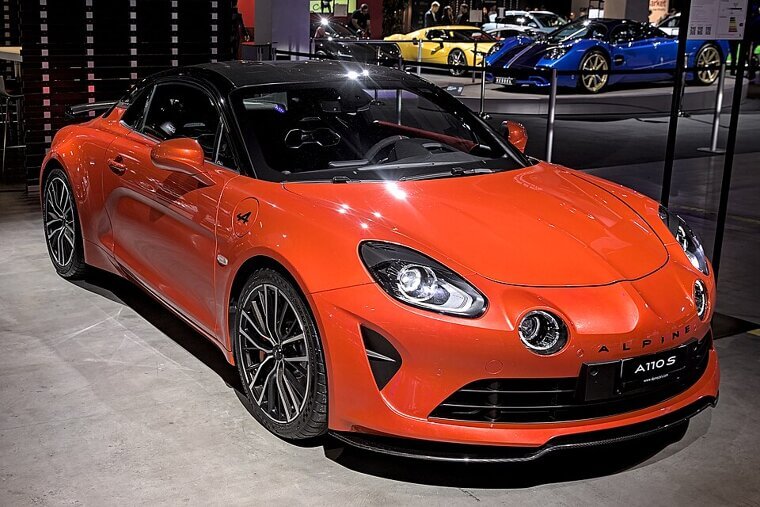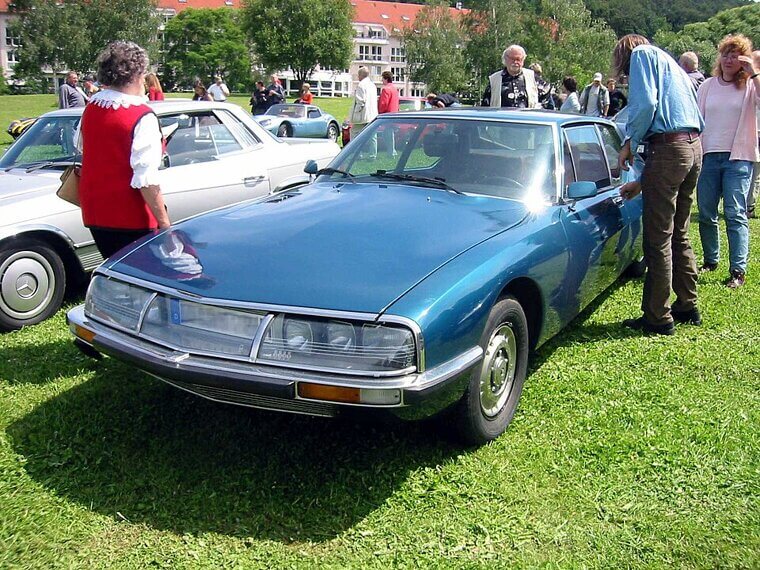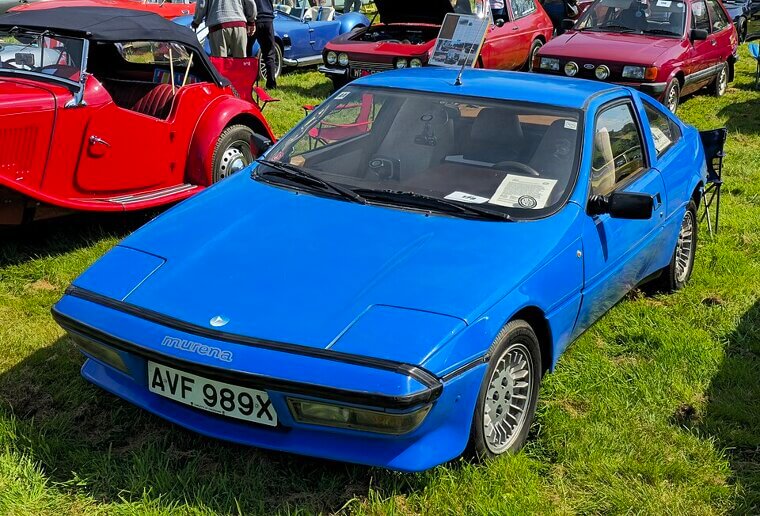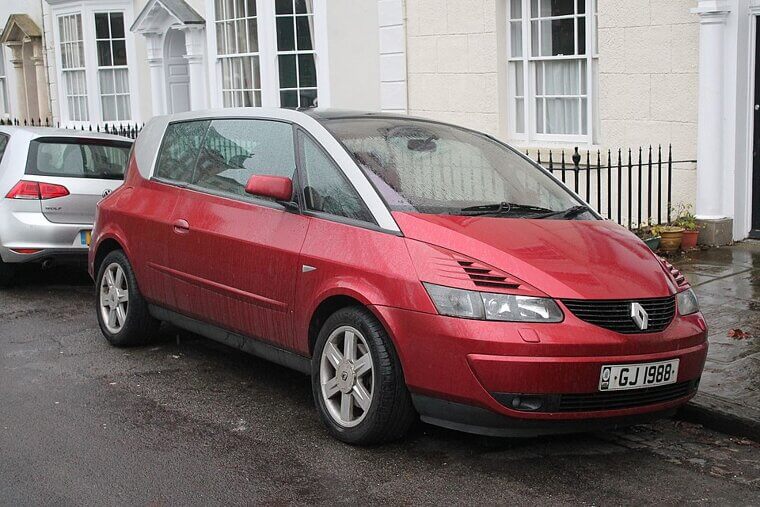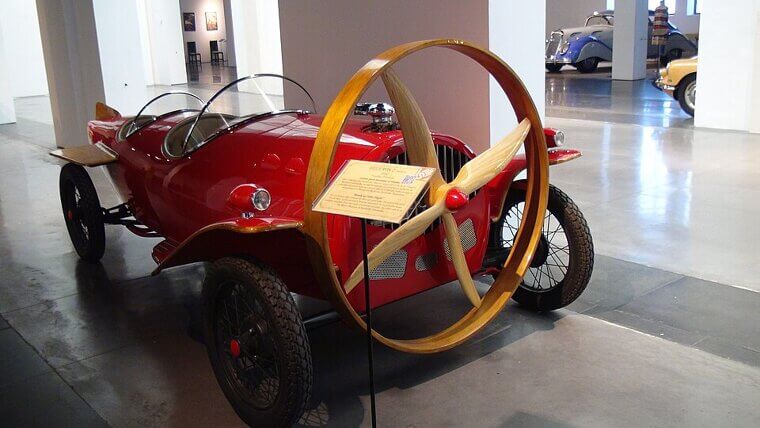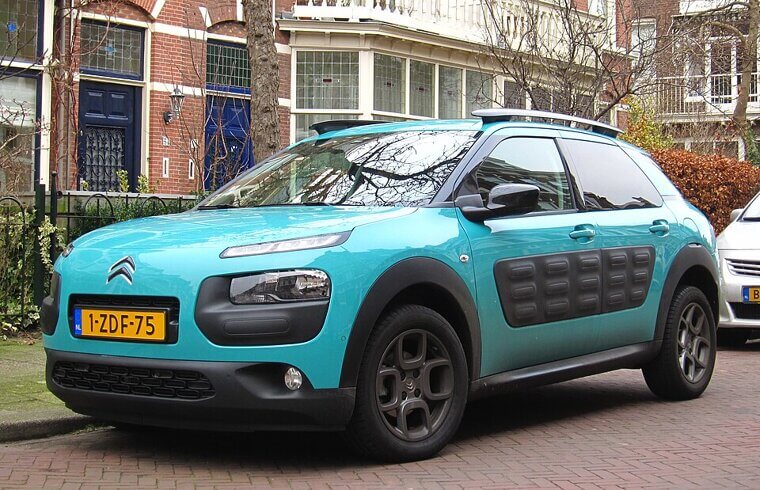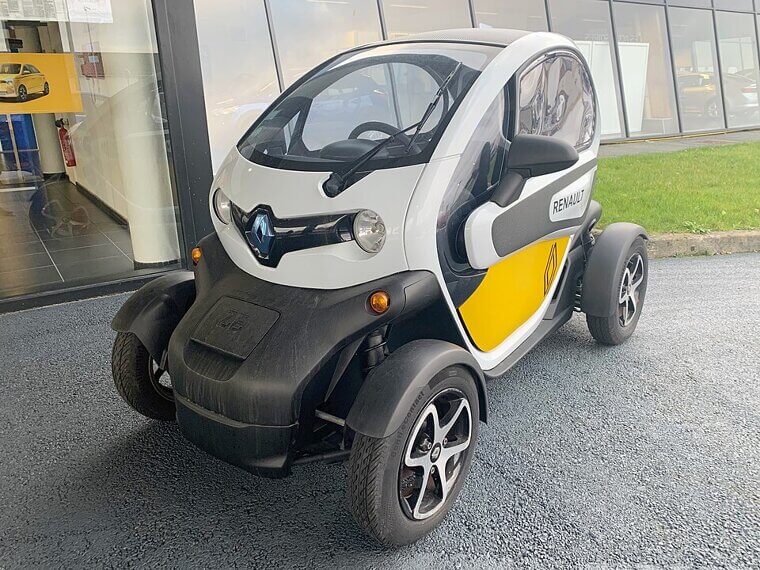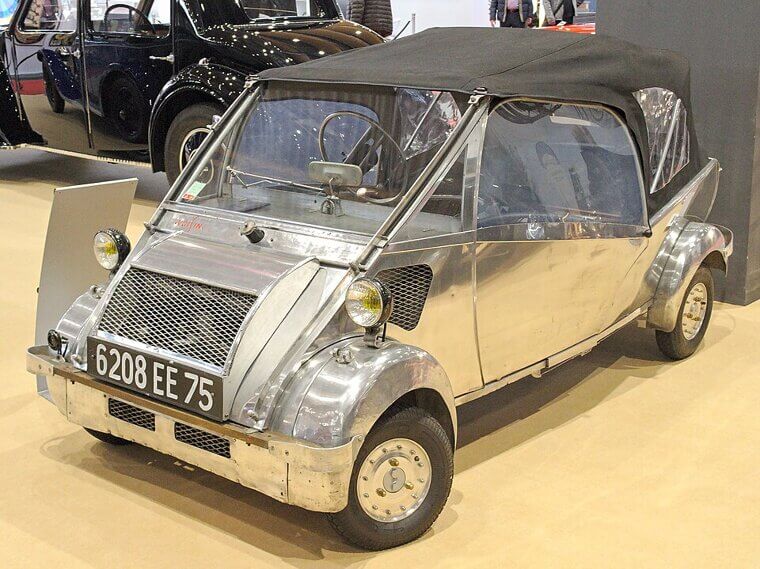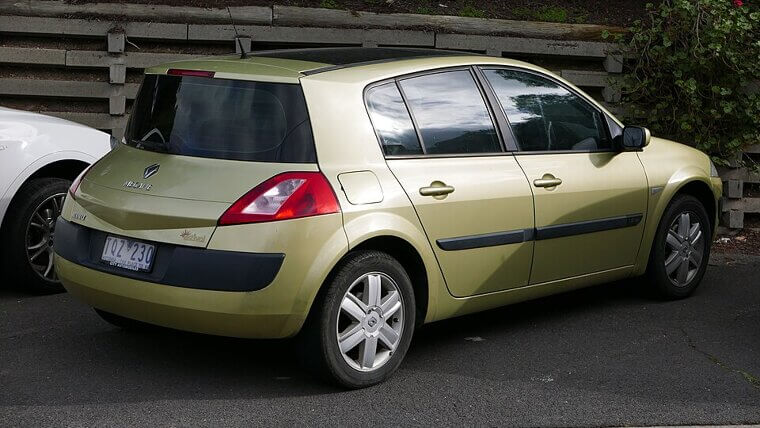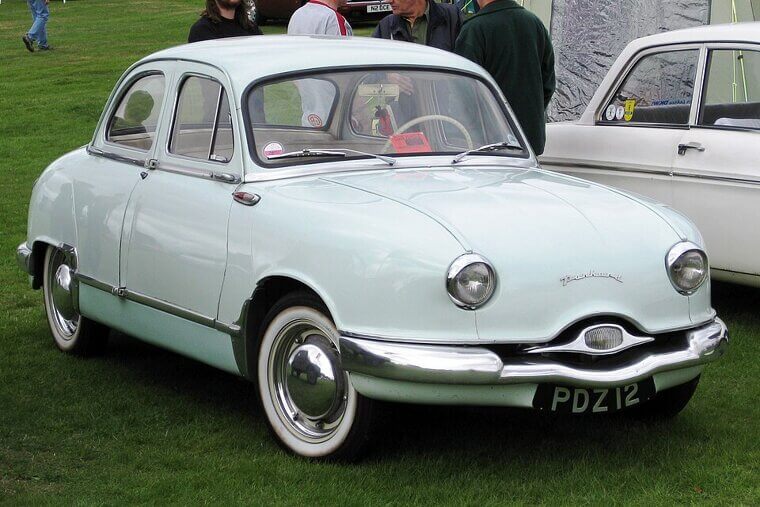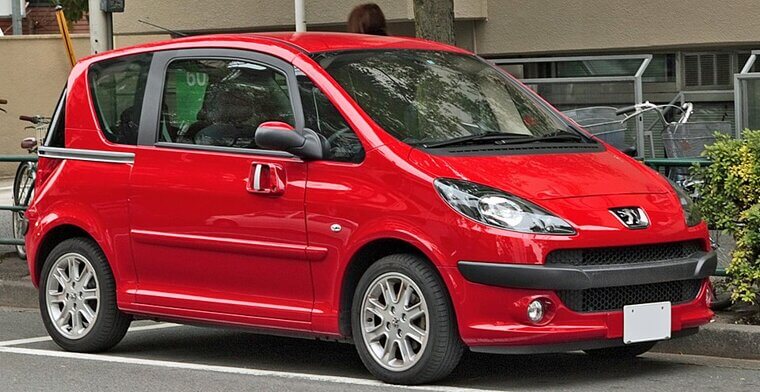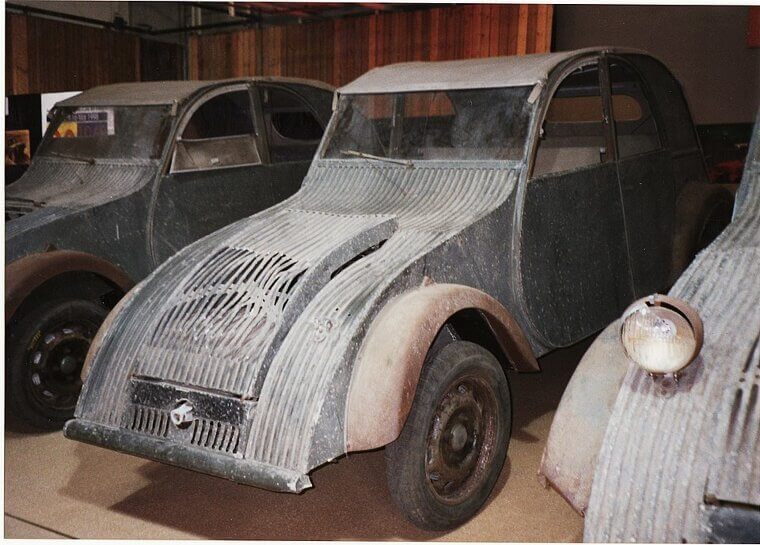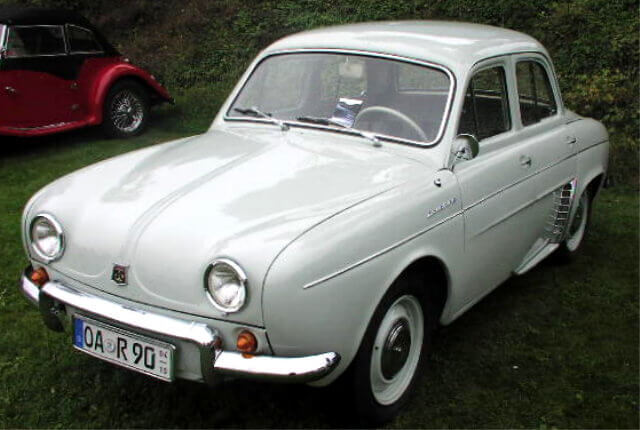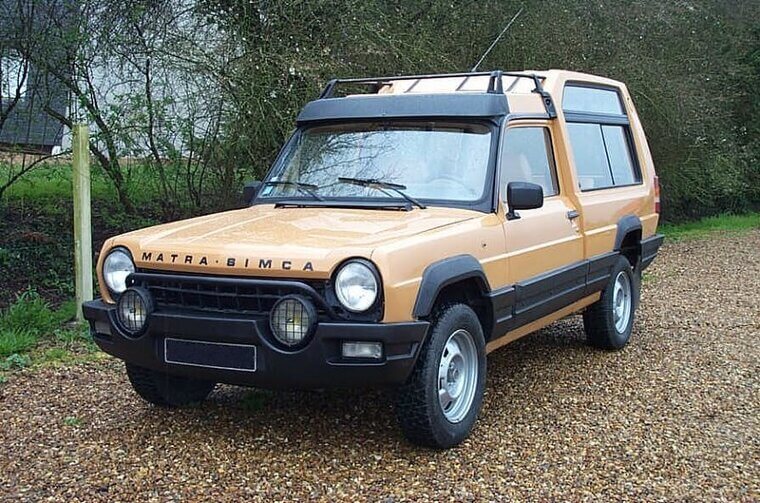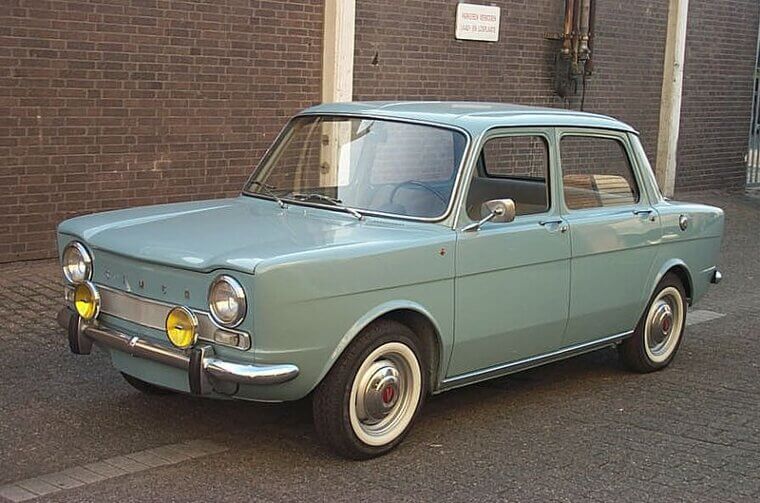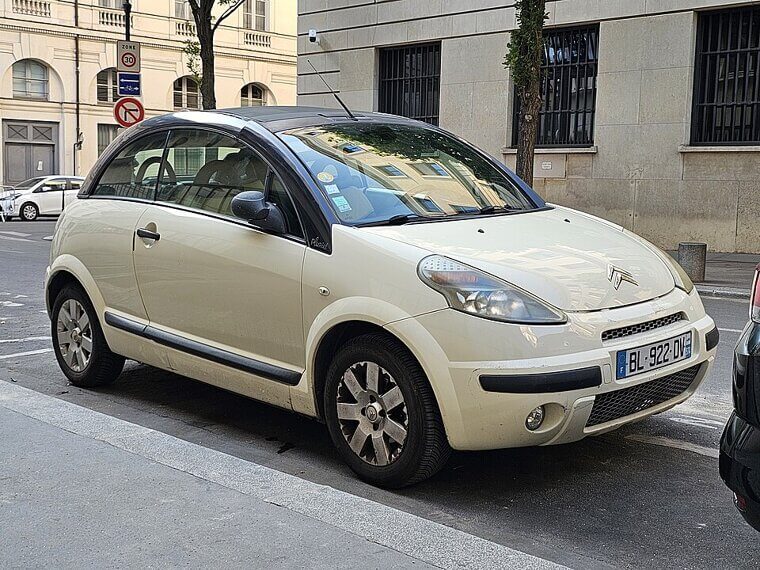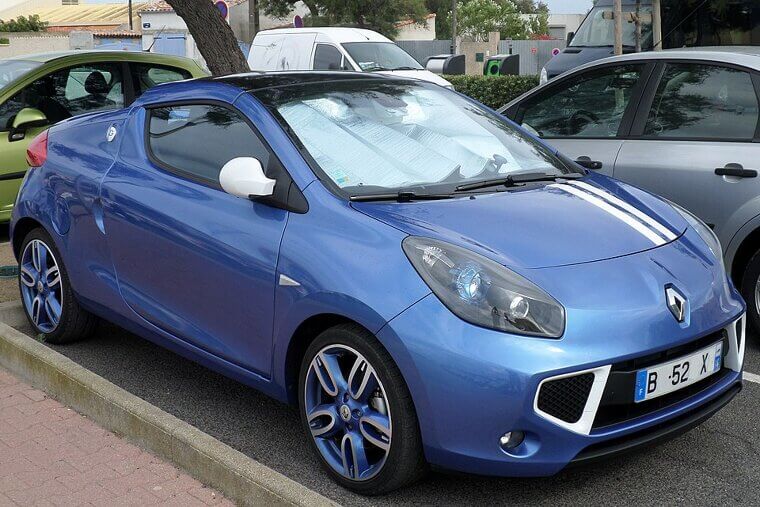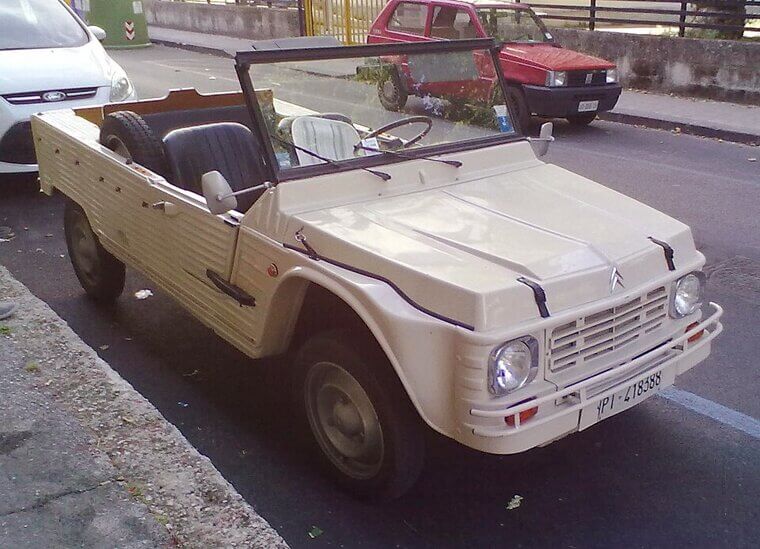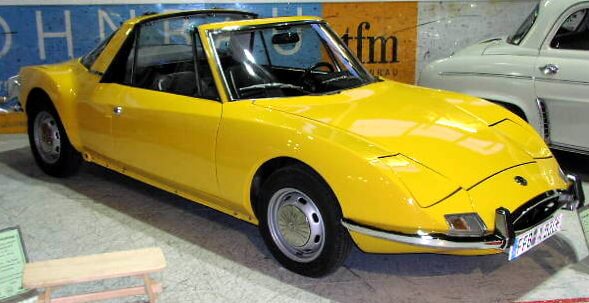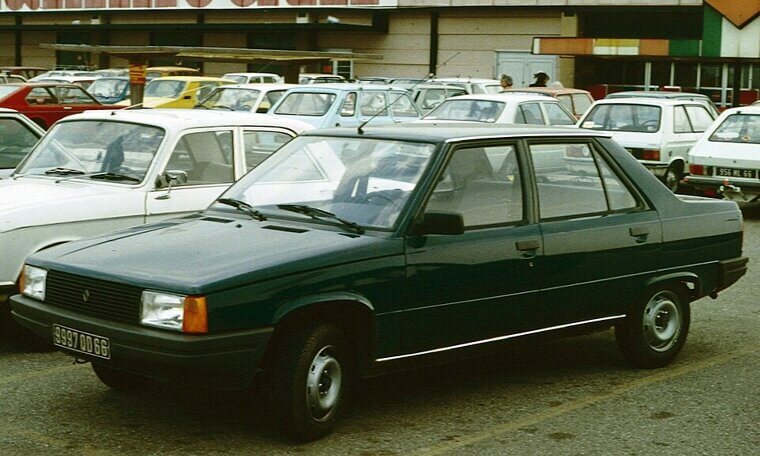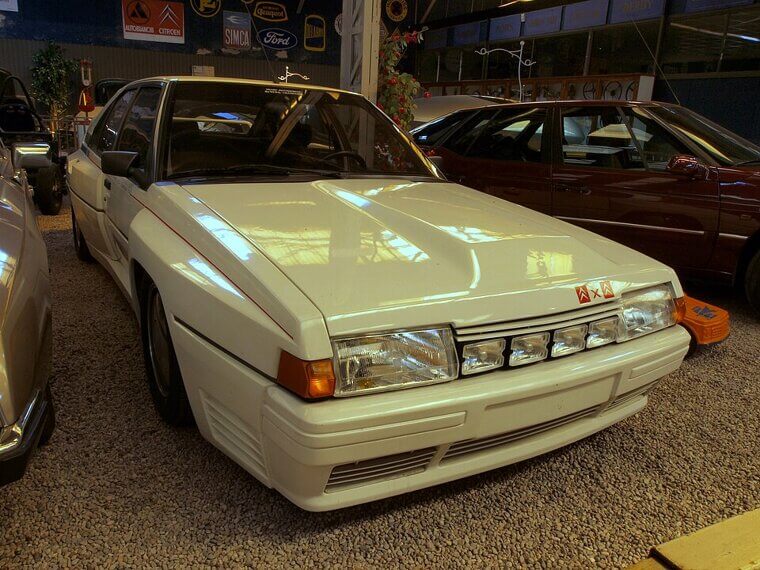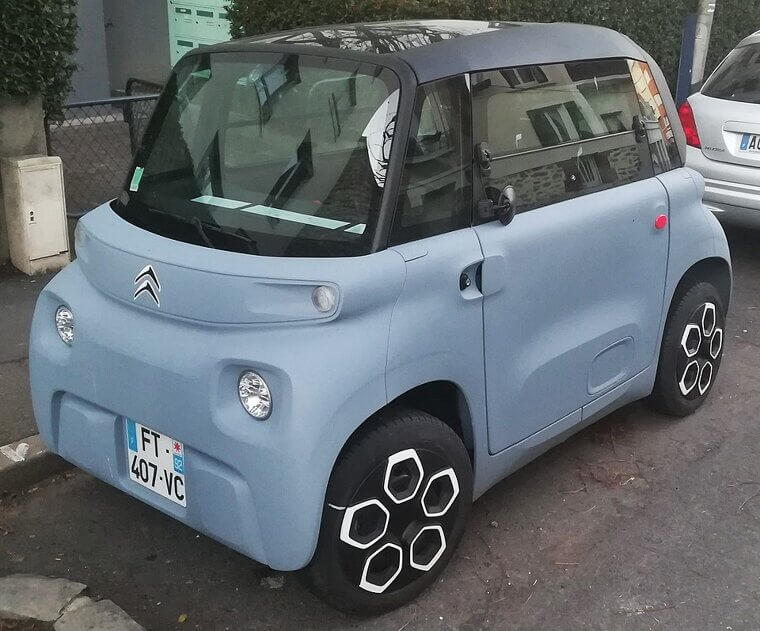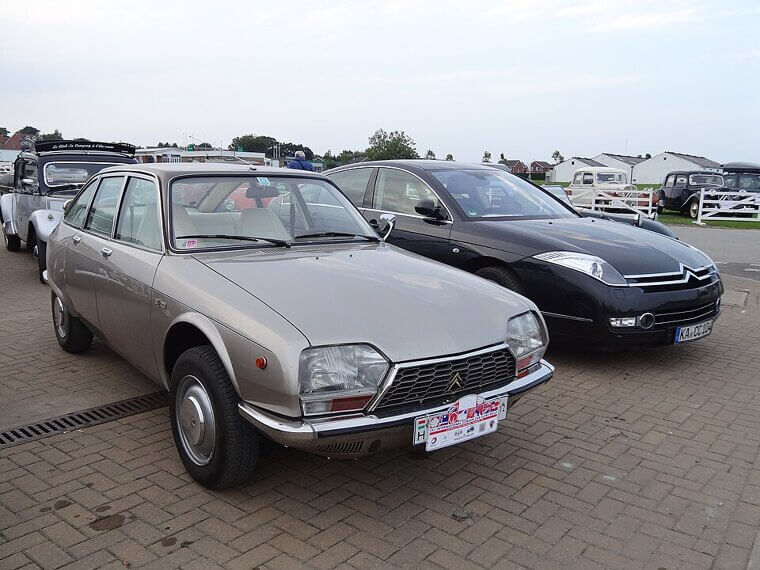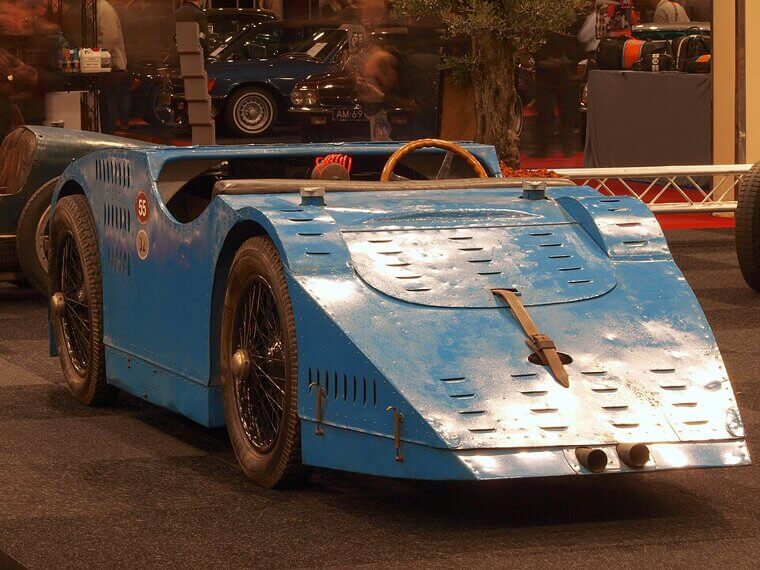No Car Wants a Bad Reputation
Are all French vehicles bad? No way — it'd be wild to suggest otherwise! But let's not beat around the bush here. When these cars have problems, they usually come with a capital P. So keeping that in mind, we're going to take a closer look at a selection of French motors that earned negative reputations within the industry. Strap in folks.
Citroën DS
Is the Citroën DS a classic French motor? Definitely — it looks beautiful and boasted a radical suspension system for its time. So why's it here then? Well, the hydropneumatic suspension wasn't perfect. The early DS models utilized hygroscopic fluid, which would actually cause corrosion within the system. Yikes!
Renault R5 Turbo
Swapping out the rear seats for the engine, the Renault R5 Turbo had a pretty unique set-up. But did it have issues? You bet! The iffy cooling system caused a lot of headaches, while the car's reliability often came into question on the road as well. What a shame.
Renault 4 GTL
There was much to love about the Renault 4 GTL when it came out. It looked fabulous, had a comfortable interior, and didn't cost an arm and leg to buy. Yet it wasn't perfect. The car's suspension and chassis were prone to rust, while its performance and handling left a lot to be desired.
Alpine A310
Making its bow in 1971, the Alpine A310 certainly looked the part. But did the vehicle's performance match its appearance? Not quite. The early iterations of this sports car had significant problems. For instance, the build quality was surprisingly poor. And the engine? Oh boy. It lacked any kind of power.
Peugeot 205 GTi
The Peugeot 205 GTi was a very fun car to drive. It became the hot hatch to beat in a lot of quarters. Having said that, its issues are quite hard to ignore. Thin body panels susceptible to dents? Check. Flimsy interior plastics? Check. Several areas prone to rust? Unfortunately!
Peugeot 206 GTi
A great interior can elevate any motor. But in the case of the Peugeot 206 GTi, it's the exact opposite! This car had an appalling interior that absolutely tanked its reputation. It was badly built, it felt cheap, and was often riddled with electrical issues. The driving position wasn't ideal, either.
Renault Clio V6
The Renault Clio V6 was an eye-catching motor known for its power and speed. But the earlier models didn't have the greatest of reputations. Those cars had unreliable handling and were very tough to drive in certain instances. The uneven weight distribution caused plenty of bother, folks!
Alpine A110
Following a 40-year hiatus, the Alpine A110 made a surprising comeback in 2017. It looks awesome, right? But don't get too excited. While these cars handle brilliantly on the road, they have issues. The interior isn't great, the infotainment is lame, and some needed to be recalled to fix faulty fuel pumps.
Citroën SM
Much like the DS, the Citroën SM is another classic French car. Yet it's almost impossible to overlook its issues. The Maserati V6 engine caused a lot of them. Its rear timing chains, ignition system, and oil pump were all problematic. And the vehicle's air conditioning system was unreliable, too.
Matra Murena
If you're searching for a good-looking, spacious sports coupe from the past, then the Matra Murena isn't it! This French motor boasted a truly bizarre design that left people scratching their heads. The hood resembled a giant door stop. And the interior? Wow. To call it cramped wouldn't do it justice.
Renault Avantime
Is the Renault Avantime one of the weirdest cars to come out of France? It's got to be in the conversation! From the stretched exterior to the absurdly large doors, it struggled to find much love upon its release. And it didn't get better inside, either. For such a long motor, the back-half of the interior was super cramped.
Helicron
There's no denying that the Helicron is a fascinating motor from France's past. But would you really want to drive it? This thing had a reputation for being pretty unsafe. The propeller posed a major risk to passers-by, while the car itself was also hard to control.
Citroën C4 ‘Cactus’
The Citroën C4 ‘Cactus’ raised a lot of eyebrows when it first came out in 2014. Why did it have such weird side panels? How come the body itself looked so spongy? And what was up with the interior? For a family vehicle, space was at an absolute premium.
Renault Twizy
You can't accuse the Renault Twizy of being a boring motor. It certainly catches the eye! But that's about the only thing it has going for it. This tiny electric vehicle is known for its lack of safety features, as well as its unforgiving suspension system. It's not the most comfortable car to drive, folks.
Voisin Biscooter
Gabriel Voisin's name is usually associated with luxurious retro motors. So what happened here? The Biscooter was unlike any of his previous efforts. It was ugly, crude, and lacking in quality. Time hasn't been kind to its reputation, either. Good luck finding any gushing retrospectives on this thing!
Renault Mégane
The Renault Mégane was an easy car to like when it first rolled out in the mid-1990s. But everything changed in 2002. At that point, the vehicle received a head-scratching redesign. And boy, did people hate it! From the flat roof to the bizarrely-angled rear windshield, it didn't win many fans.
Panhard Dyna Z
We'll be blunt here — visually, the Panhard Dyna Z was an extremely strange motor. Just look at that face! No grille should ever resemble pursed-lips. Beyond that, the car also had other issues. Alongside a noisy engine, it was pretty unreliable on the road thanks to its heavy body.
Citroën Ami 6
A real Frankenstein's monster of a car, the Citroën Ami 6 has baffled folks for decades. Each part of the exterior feels like it belongs to a different motor. The slanted windshield? The angular rear? The bizarre grille and headlight design? It's hard to look away from — and we don't mean that as a compliment!
Peugeot 1007
The Peugeot 1007 was a very problematic car. The design itself still raises questions — why did a two-seater need bulky sliding doors? They added a ton of weight to the exterior. It wasn't fun to drive, either. To say the 1007 has a bad reputation is underselling it.
Renault Fuego
We wouldn't blame anyone for giving the Renault Fuego a mean side-eye back in the day. Just look at it! The hood was comically large — it didn't match up to the rest of body at all. And the problems kept coming. The car was also known to be very unreliable thanks to mechanical faults.
Citroën 2CV
The Citroën 2CV is an iconic motor — you can't argue with that. But was it perfect? Not quite. The exterior design was pretty bizarre, with curves all over the place. The grille raised eyebrows, too! As for the doors, they looked incredibly fragile.
Renault Dauphine
Few cars have a worse reputation than the poor Renault Dauphine. This thing has been ridiculed for decades — and it's not hard to understand why. It was poorly built, ugly, underpowered, and slow. The car took over 30 seconds to hit 60 mph on the road! Crazy, right?
Matra-Simca Rancho
Did the Matra-Simca Rancho look the part? Certainly — it was one of the first crossover SUVs on the market. But its reputation was harmed for a couple of reasons. The Rancho's off-road capabilities were extremely limited due to its front-wheel drive system, while the engine left much to be desired, too.
Simca 1000
Another popular motor, the Simca 1000 was a big success in Europe during the 1970s. But the early models had significant issues. To give you an example, the handling was a particularly big worry. There was little directional stability behind the wheel, as well as a lack of grip.
Citroën C3 Pluriel
On paper, the Citroën C3 Pluriel seemed like an intriguing idea. Who wouldn't be interested in a vehicle that was pretty much five cars in one? Unfortunately, though, it was let down by shoddy execution. From leaky roofs to impractical roof rails, the Pluriel's reputation took a beating.
Renault Wind
It's very difficult to look past the Renault Wind's drawbacks. The car had a dreadful interior, as well as a lack of storage space. Visibility proved to be a big problem, too — the rear buttresses were a nightmare! Folks had a right to feel disappointed here.
Citroën Méhari
An unappealing plastic body? Check. A lame, uncomfortable interior? Check. An underpowered engine? You bet! Yep, the Citroën Méhari had a bunch of black marks against it. It made for a bumpy ride with few safety features at the passengers' disposal.
Matra 530
The Matra 530 had excellent handling, a spacious interior, and a practical design. But the car's reputation was badly affected by its drawbacks. Its overall performance on the road didn't pull up any trees. You can probably thank the engine for that — it was horribly underpowered!
Renault 9
As 1982's European Car of the Year, the Renault 9 earned a lot of goodwill upon its release. But its reputation has never been perfect. The car's bland appearance has always been a sticking point for some, while its reliability was questionable, too.
Citroën BX 4 TC
There's no other way of saying it, folks — the Citroën BX 4 TC was a monumental failure. This car had a laundry list of issues that left motorists raging! It was overweight, hard to drive, unreliable, and it performed terribly. Yikes.
Citroën Ami
The Citroën Ami certainly has a unique look. But beyond that? Hmm. It can only reach a top speed of 28 mph, while its range as an EV is just under 50 miles. Doesn't make for great reading, right? The seats aren't particularly comfortable, either.
Citroën GS Birotor
The Citroën GS Birotor didn't win many beauty contests upon its release in the 1970s. But that wasn't the car's only problem. Its engine was very unreliable. And its fuel economy? Oh boy. The Birotor was a major gas guzzler.
Bugatti Type 32
Was the Bugatti Type 32 a groundbreaking vehicle for its time? Absolutely. Few other race cars were experimenting with aerodynamics to this extent. Sadly, though, the Type 32 wasn't much of a success. It's remembered for its poor handling and even worse performance.
Through: M 93

